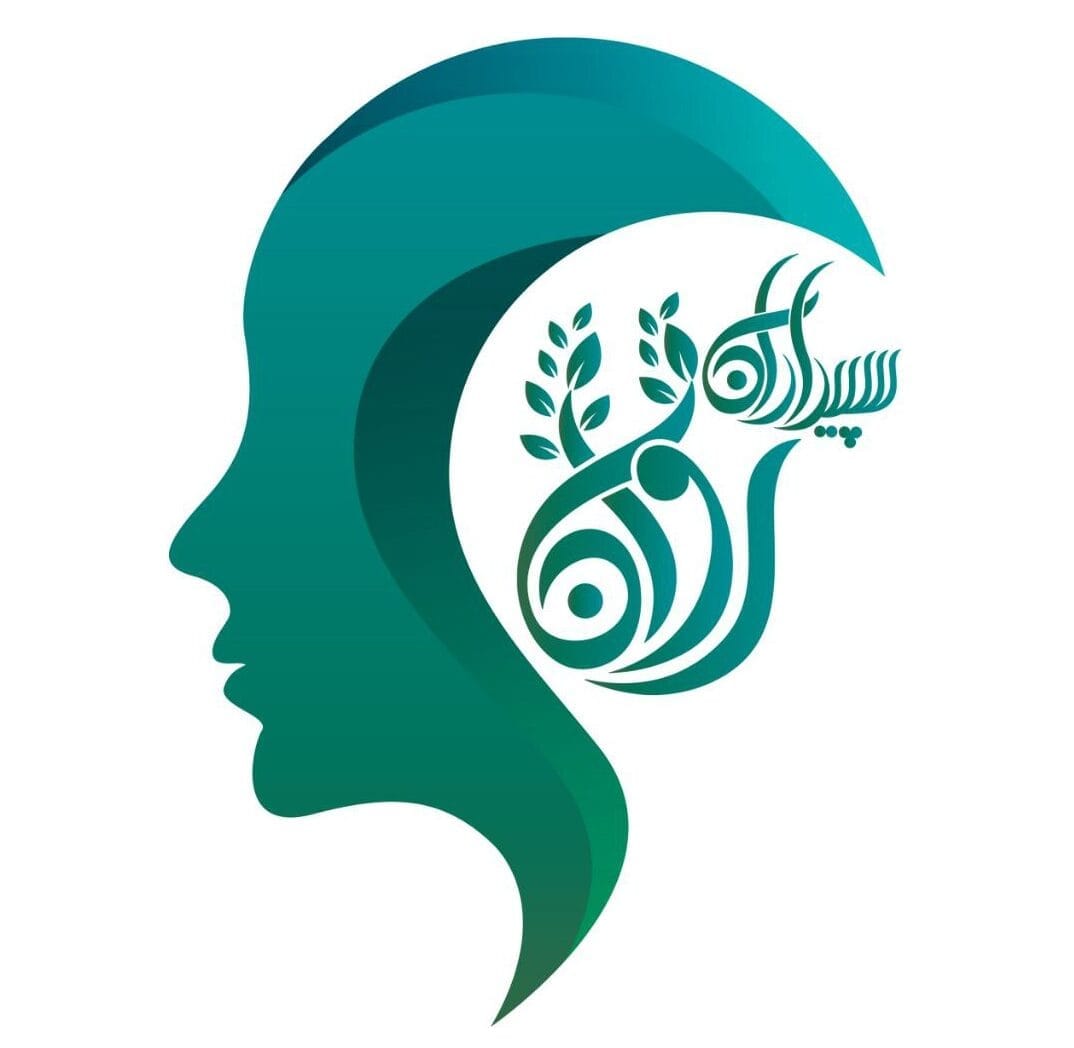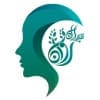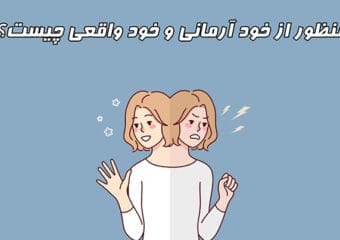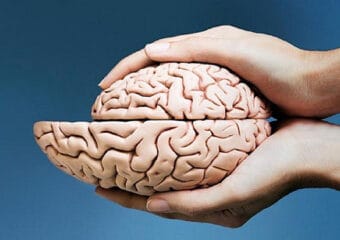
Blog
Tic disorder

Tics are sudden, uncontrolled movements or sounds that are repeatedly performed, such as throat clearing, grunting, eye blinking, or squinting.
It is important to know that individuals with this disorder cannot prevent their bodies from performing these repetitive actions.
Tic disorder can be seen in both children and adults and usually lasts less than one year.
Tics often worsen when the person is under pressure or experiencing stress and anxiety.
Tic disorders are reported more frequently in boys than girls, and a family history is important in diagnosis.
فهرست عناوین
ToggleWhat is Tourette Syndrome?
A tic disorder that includes at least one vocal tic and one motor tic lasting more than one year is considered Tourette Syndrome. Tourette Syndrome is an inherited neurological disorder, with symptoms typically appearing before the age of 18, which we will explain further below.
What are the symptoms of tic disorders?
Tic symptoms are divided into two categories based on their characteristics:
- Simple tics
- Complex tics
Simple tics: These are sudden, brief movements involving a small number of muscle groups, often around the head and neck. Simple tics occur individually and are usually repetitive. Common examples of simple tics include frequent blinking, shrugging shoulders, frowning, head jerking, shouting, and sniffing.
Complex tics: These are distinct, coordinated patterns of sequential movements involving several muscle groups. Complex tics may include jumping, smelling objects, touching the nose, touching other people, shouting obscenities, repeating others’ words, or self-harming behaviors.

Symptoms of tics
Before a tic occurs, the person may feel an urge or compulsion to perform the tic. This urge is similar to the need to scratch or sneeze, which is why performing the tic provides immediate relief. With conscious effort, tics can sometimes be delayed for a few seconds to minutes, but usually, the urge becomes irresistible.
Trying to control tics is often very difficult, especially during stressful times when anxiety is high. Tics typically worsen in stressful situations and improve when the person is calm or engaged in an activity. Therefore, symptoms may subside for weeks or months and then recur under certain conditions.
In most cases, tics significantly decrease during sleep.
How common are tic disorders?
Tic disorders are relatively common. Researchers estimate that 1 in every 50 children has Tourette Syndrome or another tic disorder.
What causes tics?
Researchers do not know the exact cause of tics, but some scientists believe they result from changes in the part of the brain involved in controlling movement. Additionally, since tics can run in families, scientists believe there may also be a genetic factor involved.
Tic disorders can also occur alongside other disorders, including:
- Obsessive-Compulsive Disorder (OCD), where the person feels compelled to perform certain actions repeatedly (such as washing hands or checking if the door is locked).
- Attention Deficit/Hyperactivity Disorder (ADHD), where the person has difficulty focusing, is easily distracted, or exhibits overly impulsive behavior.
- Learning disorders, which include difficulties with reading, writing, math, and perceptual problems.
- Sleep disorders, including frequent waking or talking during sleep.
- Tics can also develop after using recreational drugs such as cocaine or amphetamines.

Types of Tic Disorders
Tic disorders are classified into three categories:
- Transient Tic Disorder: Involves motor or vocal tics lasting more than 4 weeks but less than one year.
- Chronic Tic Disorder: Involves either motor tics or vocal tics (but not both) lasting more than one year.
- Tourette Syndrome: The most severe type of tic disorder, involving both motor and vocal tics that persist for at least one year.
Are there serious or harmful types of tics?
Some tics can be harmful, such as severe motor tics that cause a person to hit themselves or repetitive neck tics that lead to pain and injury in the area.
A vocal tic called Coprolalia causes involuntary swearing or uttering of obscene words. This type of tic can make a person seem intentionally rude or offensive, although the use of inappropriate language is involuntary and uncontrollable. Children with coprolalia may face unjust punishment at school or home. This type of tic affects about 10 to 15 percent of children with Tourette Syndrome.
How are tic disorders diagnosed?
Diagnosis focuses on the main characteristics that distinguish tics from other movement disorders, such as the sudden, rapid, and temporary nature of the movements, their repetitive nature, and their disappearance during sleep.
Tourette Syndrome can also be diagnosed using neurological imaging methods such as Magnetic Resonance Imaging (MRI), Computed Tomography (CT), Electroencephalography (EEG), or some blood tests.
Treatment of Tic Disorders
Treatment is a combination of psychological therapy and effective medication to reduce tics.
Child psychologists use behavioral modification and teach techniques to help children learn how to manage or suppress tics at appropriate times.
Psychologists can also help children maintain self-esteem when tics interfere in social situations. Relaxation techniques and biofeedback may help reduce stress, which can worsen symptoms.
Although there are medications to reduce specific tic symptoms, no medication is effective for all patients with tic disorders.
Psychiatrists and child psychologists can assist parents in finding the best treatment options.
برای مشاوره رایگان و رزرو وقت (یا اگر تماس گرفتید و قادر به پاسخگویی نبودیم) شماره تماس خود را وارد کنید. ما به زودی با شما تماس می گیریم!




